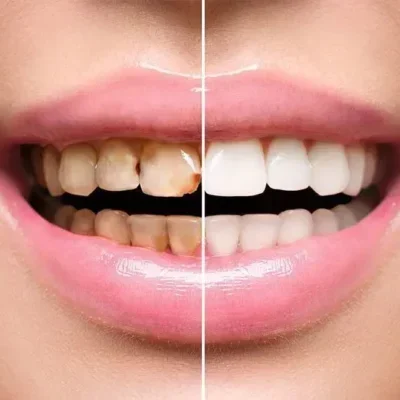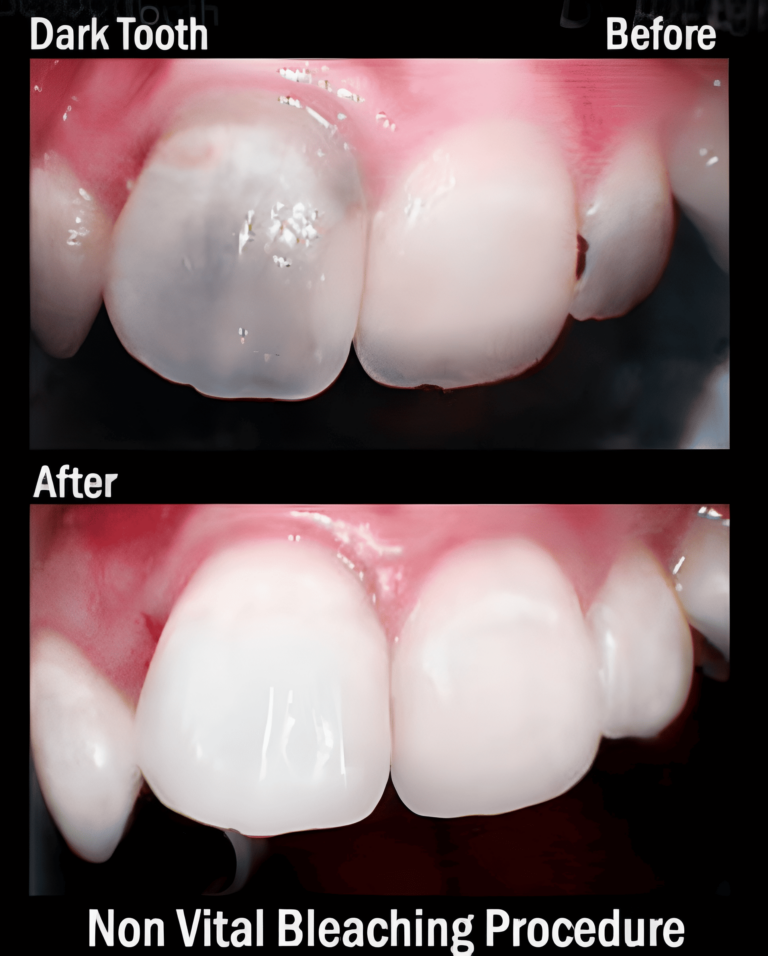There are several different methods of in-office vital teeth whitening. All of these methods include placing a bleaching agent on the surface of the teeth. All of the methods last from 30 to 90 minutes, are painless and are always supervised and controlled by a dentist.
The number of appointments depends on the shade that the patient wants to get, the severity of the discoloration and the method that is used. Before starting the whitening procedure, the dentist will protect your gums and the papilla by applying a light-cured protective layer or a liquid rubber dam. Other protective materials that are used are also face bibs, gauze, retractors and protective eyewear. All of this protection is needed because the whitening agents can cause damage and irritation of the soft tissues.
Light-accelerated bleaching is one of the most common methods used in the everyday practice. This method uses a bleaching agent and a light energy that can come from LED, halogen or plasma arc lights and it is considered that the light will accelerate the process of whitening. The light energy should accelerate the molecules of the peroxide without causing any damage to the pulp of the tooth and causing hypersensitivity.
A lot of dentists prefer not to use any light to activate the bleaching gel. There are a lot of researches that show that the bleaching systems work the same with and without being activated by light. The procedure lasts from 30 to 90 minutes, depending on the product that is used. Once the bleaching gel is applied the procedure can be divided in more cycles, and after every cycle the gel is rinsed off the teeth and a fresh gel is applied. The whole procedure can be carried out in one cycle, where the doctor only adds more bleaching gel.Laser teeth whitening is probably the most expensive whitening procedure at the moment. This procedure also includes applying a bleaching gel that contains hydrogen peroxide or carbamide peroxide, and the gel is activated and heated by a laser.




